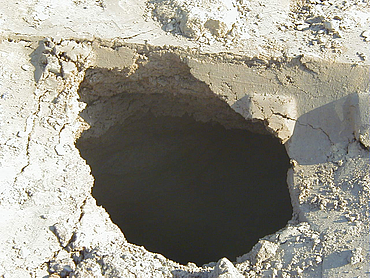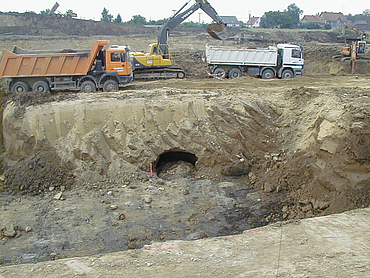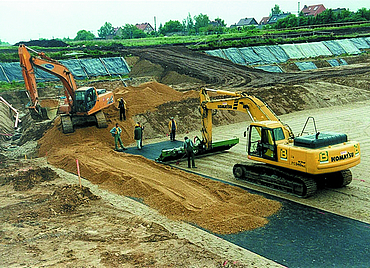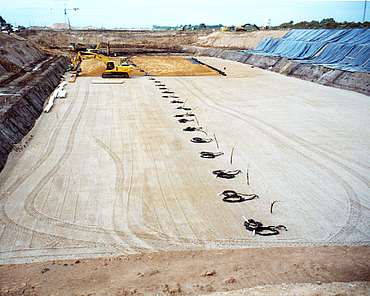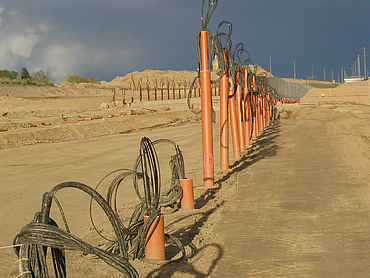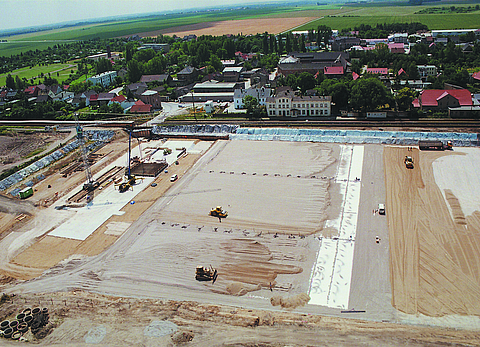
Securing a mining area at risk of sinkholes
Project information
Construction project
Railway Junction GröbersCustomer
DB-Projekt Verkehrsbau GmbH, LeipzigConstruction
ARGE NBS Knoten GröbersLocation
Leipzig , DEPlaning
VEPRO & KuK & HUESKER Synthetic & Glötzl GmbHConstruction time
2000 - 2002Products used
Project details

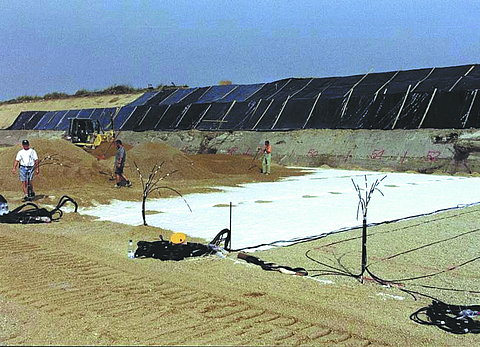
Project description
A railway junction with up to 7 tracks alongside each other was located on a former coal mining area where extraction took place at depths as shallow as 30 m up until the 1930s. The railway embankment, with two tracks for high speed (ICE) trains (up to 300 km/hr), needed to be protected from potential sinkholes and unacceptable settlements (max. 3 mm differential settlement over 1.5 m rail spacing).
Solution
All detected cavities were injected with cement grout. The embankment was then constructed with a special over-bridging system:
- Firstly, a cement tabilised base layer (0.4 m thick);
- Secondly, a mineral layer (0/16 and 0/32), including warning layer, and two Geogrid layers with strengths up to 1200 kN/m, reinforcing in two directions (0.95 m thick);
- Finally, an upper cement stabilised bearing layer. Over the cement stabilised bearing layer, a nonwoven separation layer was placed before installing the frost protection mineral layer in accordance with German Railway regulations DS 836.
As soon as a sinkhole becomes active, the warning layer will register its exact location. Then the Geogrids, with aramid yarns longitudinally and polyvinylalcohol yarns in the cross direction will be activated, reinforcing the embankment and upper cement stabilised bearing layer (the system having a design life of one month). Within the month, the sinkhole must, and can, be injected without the need to close the railway tracks. This unique system provides a solution combining a geosynthetic bearing layer with a computer operated warning system, resulting in permanent control of the situation.
Further information




